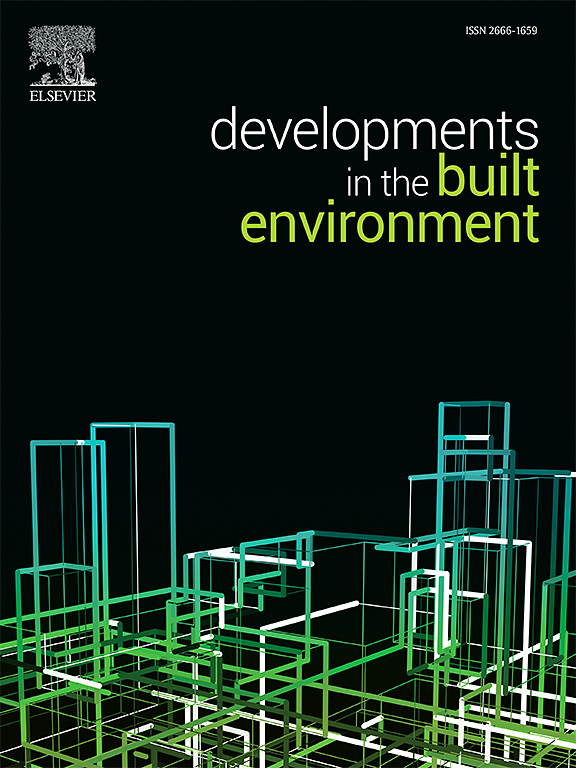Utilizing rice husk ash as cement replacement in pervious concrete: A review
IF 8.2
2区 工程技术
Q1 CONSTRUCTION & BUILDING TECHNOLOGY
引用次数: 0
Abstract
The disposal of rice husk ash (RHA) presents environmental challenges, yet its high silica content makes it a promising partial cement replacement in pervious concrete. While previous studies have explored RHA's role in conventional concrete, comprehensive research on its effects in pervious concrete remains limited. This review systematically analyzes more than 100 peer-reviewed studies published in the last two decades, using predefined screening criteria focused on RHA dosage, processing methods, and mix design strategies. The findings indicate that incorporating 5–10 % RHA enhances compressive strength by up to 29 % and improves abrasion resistance while maintaining permeability. However, excessive replacement levels (above 15 %) reduce porosity and compromise drainage capacity. By identifying research gaps in mix optimization and long-term durability assessment, this study provides valuable insights for advancing sustainable and high-performance pervious concrete.
稻壳灰在透水混凝土中替代水泥的研究进展
稻壳灰(RHA)的处理提出了环境挑战,但其高硅含量使其成为透水混凝土中有前途的部分水泥替代品。虽然以前的研究已经探索了RHA在常规混凝土中的作用,但对其在透水混凝土中的影响的全面研究仍然有限。本综述系统地分析了过去二十年来发表的100多项同行评议研究,使用预先确定的筛选标准,重点关注RHA剂量、加工方法和混合设计策略。研究结果表明,加入5 - 10%的RHA可使抗压强度提高29%,并在保持渗透性的同时提高耐磨性。然而,过量的替代水平(超过15%)会降低孔隙度,损害排水能力。通过确定配合比优化和长期耐久性评估方面的研究差距,本研究为推进可持续和高性能透水混凝土提供了有价值的见解。
本文章由计算机程序翻译,如有差异,请以英文原文为准。
求助全文
约1分钟内获得全文
求助全文
来源期刊

Developments in the Built Environment
Multiple-
CiteScore
7.40
自引率
1.20%
发文量
31
审稿时长
22 days
期刊介绍:
Developments in the Built Environment (DIBE) is a recently established peer-reviewed gold open access journal, ensuring that all accepted articles are permanently and freely accessible. Focused on civil engineering and the built environment, DIBE publishes original papers and short communications. Encompassing topics such as construction materials and building sustainability, the journal adopts a holistic approach with the aim of benefiting the community.
 求助内容:
求助内容: 应助结果提醒方式:
应助结果提醒方式:


